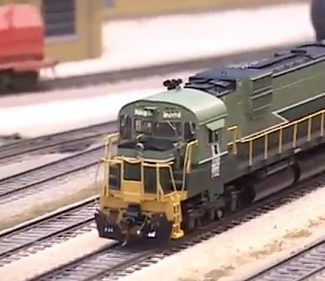
This HO scale Alco C-630M diesel locomotive model from Bowser Trains features a SoundTraxx Digital Command Control (DCC) decoder. See and hear this locomotive as it hauls a freight train through Bay Junction on the Model Railroader club layout, the Milwaukee, Racine & Troy. […]
Read More…

This HO scale Alco C-630M diesel locomotive model from Bowser Trains features a SoundTraxx Digital Command Control (DCC) decoder. See and hear this locomotive as it hauls a freight train through Bay Junction on the Model Railroader club layout, the Milwaukee, Racine & Troy. […]
Read More…
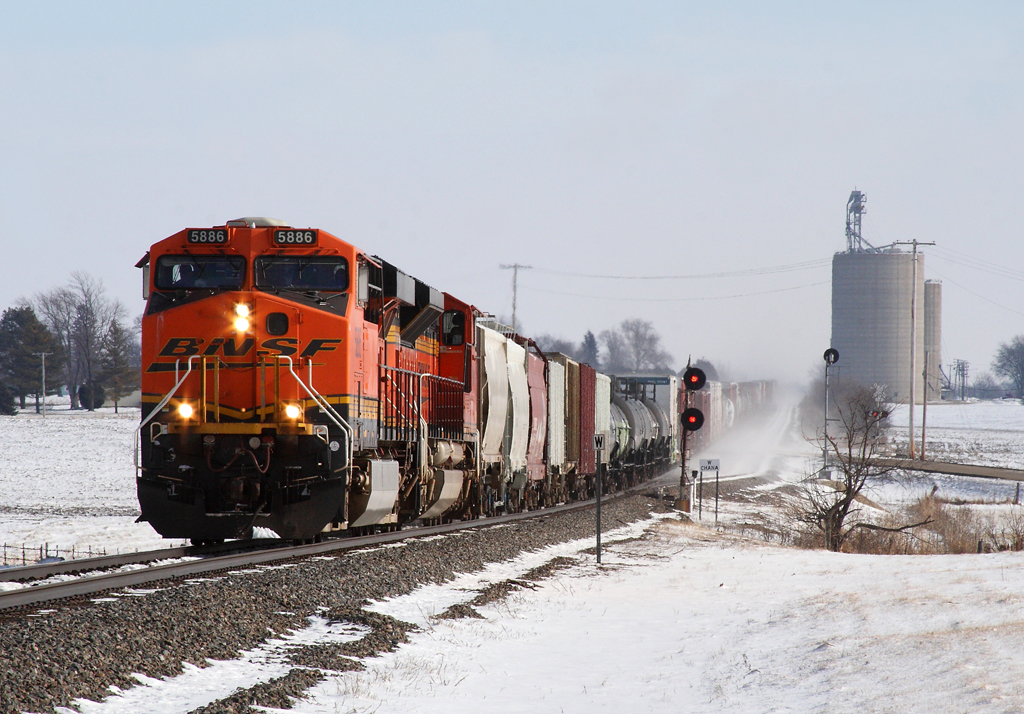
A westbound Z-train roars through West Chana, Ill., on the BNSF Aurora Sub. Photo by Nathan Beecher […]
Read More…
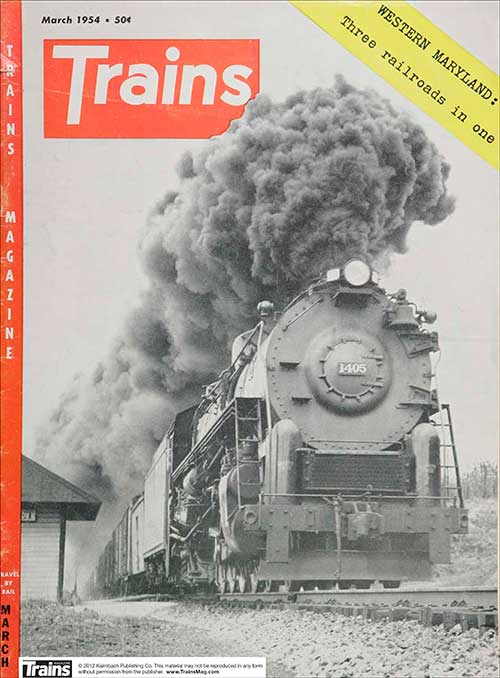
The Western Maryland, or “Wild Mary” as it was known to its many fans, was a a tenacious regional railroad, running west from Baltimore to the mountains of Pennsylvania and West Virginia. It was known for its fast freights, coal traffic, and the iconic Helmstetter’s Curve. Download this month’s Trains Express PDF package at the […]
Read More…
This Union Pacific Challenger from Lionel offers S gaugers a highly detailed, articulated loco that possesses the most advanced electronics in the S gauge world. […]
Read More…

Atlas HO scale trash flatcar Modern era HO modelers can now add a trash train to their operating scheme with this flatcar and containers from Atlas Model Railroad Co. The prototype. Specialized 85-foot flatcars and high-cube 20-foot containers have been hauling trainloads of solid waste since the 1980s. This railroad business came from opposition to […]
Read More…
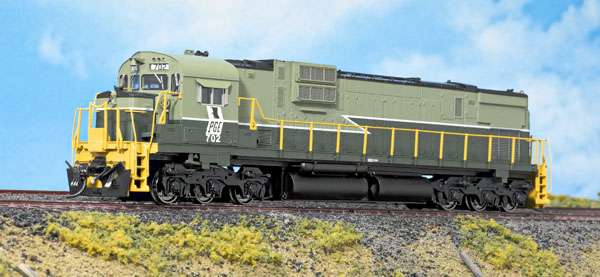
Bowser HO scale C-630 diesel locomotive Modelers of Canadian roads in HO scale will be pleased with Bowser’s latest Executive Line locomotive release. The manufacturer has modified its Alco C-630 model with prototypically accurate details to represent C-630M locomotives built by Montreal Locomotive Works, Alco’s Canadian division. The M designation indicated that the engine had […]
Read More…
This Union Pacific Challenger from Lionel offers S gaugers a highly detailed, articulated loco that possesses the most advanced electronics in the S gauge world. […]
Read More…
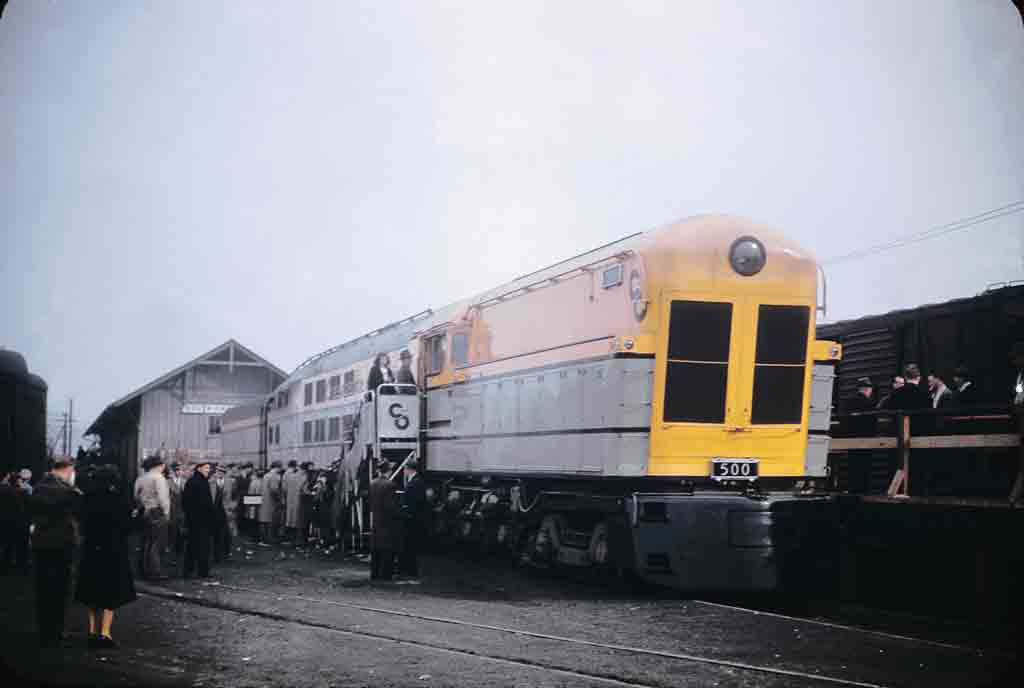
Townspeople of South Charleston, W.Va., inspect C&O 500, first of the road’s trio of colossal steam-electric-turbine locomotives intended for its new Chessie train, on Dec. 4, 1947. Ogden Willis, William J. Sparkmon coll. When Robert R. Young took over control of the Chesapeake & Ohio, he started looking for ways to improve the railroad. After […]
Read More…
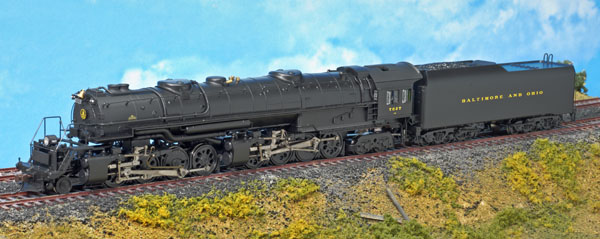
Bachmann HO scale Baltimore & Ohio EM-1 2-8-8-4 steam locomotive A Baltimore & Ohio EM-1 2-8-8-4 is available for the first time as an HO scale ready-to-run plastic model. The Bachmann Spectrum series EM-1 includes a dual-mode Digital Command Control (DCC) decoder that operates on direct-current (DC) and DCC layouts. To add sound effects and […]
Read More…
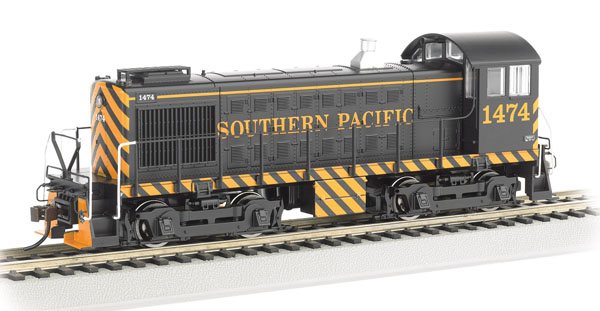
Bachmann HO scale Alco S-4 diesel locomotive HO scale locomotives Alco S-4 diesel locomotive. Atchison, Topeka & Santa Fe (zebra stripe paint scheme); Erie RR; New York Central (Pittsburgh & Lake Erie reporting marks); Southern Pacific; Union Pacific (“Dependable Transportation” slogan); Western Maryland (speed lettering). Directional headlights; die-cast metal chassis, fuel tank, gear tower, and […]
Read More…
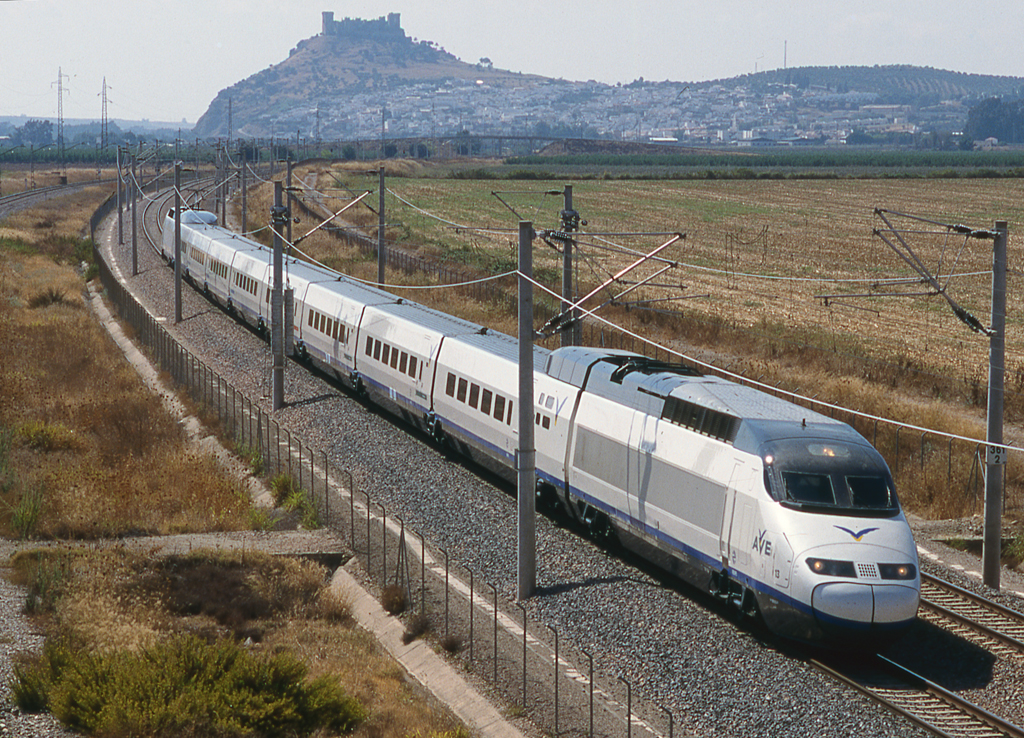
An Alta Velocidad Espanola train soars through Cordoba, Spain, on March 21, 2010. AVE, as it’s known, is also the Spanish word for “bird.” Photo by Brian Solomon […]
Read More…









